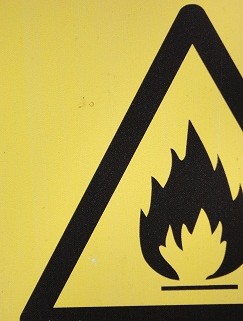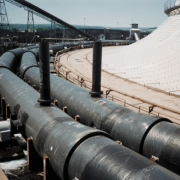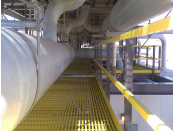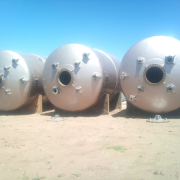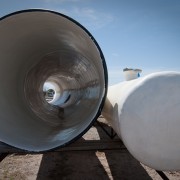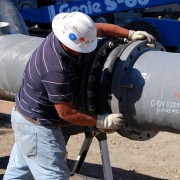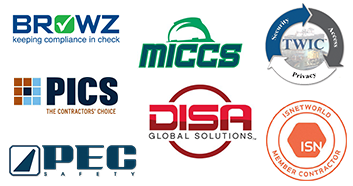FRP Fire Resistance: Fiberglass Reinforced Plastic and Fires
No one wants to have a fire in their building or business, but what if you do? How will materials made from fiberglass reinforced plastic react? What about FRP fire resistance? With new regulations and code requirements regulating smoke toxicity, like those in New York City, the amount of smoke created in a fire is also something a lot of builders are keeping in mind these days. So,
What Do You Need to Know About FRP and Fires?
While the fiberglass reinforcements used in corrosion resistant laminates will not burn, most thermoset resins used as the matrix for “FRP” laminates will support combustion. Even the “fire retardant” resins will burn vigorously when fire is supported by an outside source. The rate of flame spread is somewhat lower for these fire retardant resins. Fire retardant thermoset resins typically contain halogens or bromine molecules. When combustion occurs, these additives suppress or smother the flame and the laminate becomes self-extinguishing.
What About Smoke?
When the more common thermoset resins (polyesters, epoxies, vinyl esters, etc.) used for fiberglass reinforced plastic composites burn, large amounts of heavy, black, dense smoke can be generated. The carbon chains in these resins contribute to that smoke. There is no difference in the density of the smoke generated between a non-fire retardant resin and a fire retardant resin. The only difference is that the amount of smoke may be less when fire retardant resins are used, and the fire is not supported by an external source.
Although some facilities can experience more damage from the smoke rather than the actual fire, such as in electronics plants, for most facilities the fire itself, and the damage it can cause, is of far greater concern than smoke. As one plant engineer of a major chemical plant told us one time, “When we have a fire in a chemical plant, we are allowed to have smoke.” In those cases of typically wide-open spaces, or facilities with low occupancy, the smoke generated is the least of the problems when a chemical plant or refinery catches on fire.
How Much Smoke Will Be Generated?
ASTM E-84 test results for polyesters, vinyl esters, and epoxies typically yield smoke generation values in excess of “750”. It can be said unequivocally that if FRP composite pipe and FRP ductwork is exposed to a “raging fire”, there will be a lot of smoke generated. The ASTM test can only provide a hint of how much smoke.
Inquiries to all of the major manufacturers of resin systems used for corrosion resistant applications have solicited written responses that they have no, and know of no, polyester and vinyl ester thermoset resin systems that will generate, by themselves, smoke generation values under 350. If you are going to be specifying flame spread and smoke generation levels, we recommend that you consult with either a knowledgeable fabricator, or one of the resin manufacturers.
If you want to learn more about fiberglass reinforced plastic and smoke, please download our “Smoke and Fiberglass Reinforced Plastic Components.”

